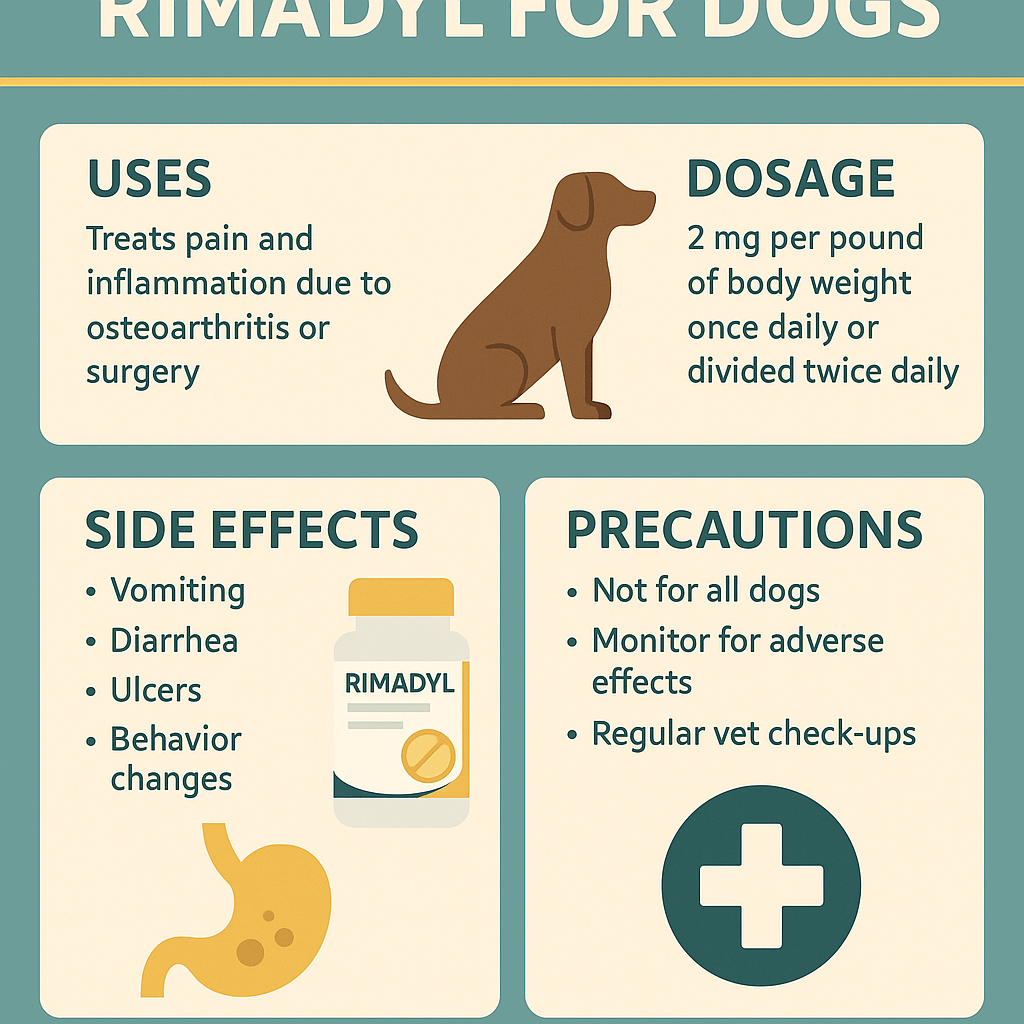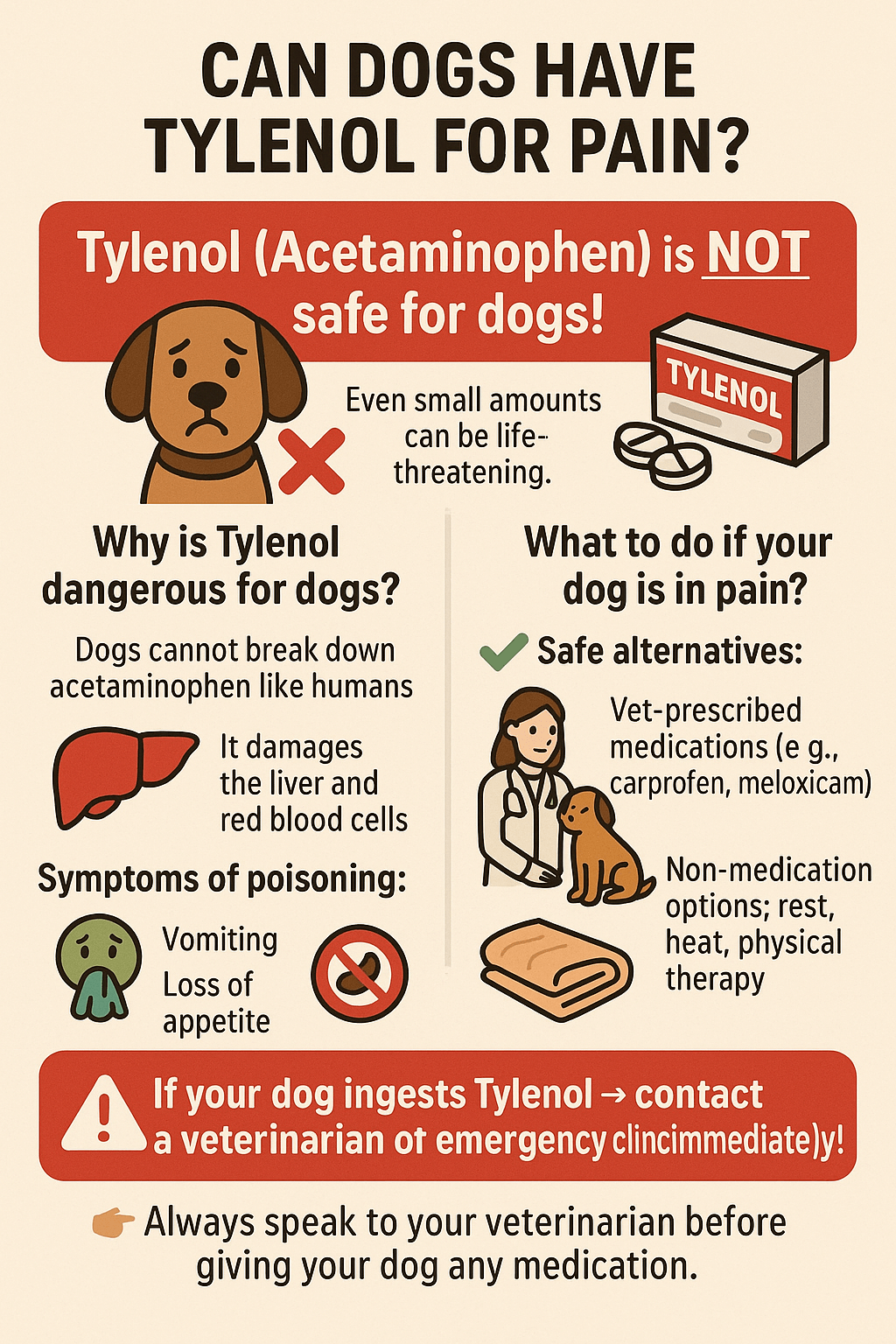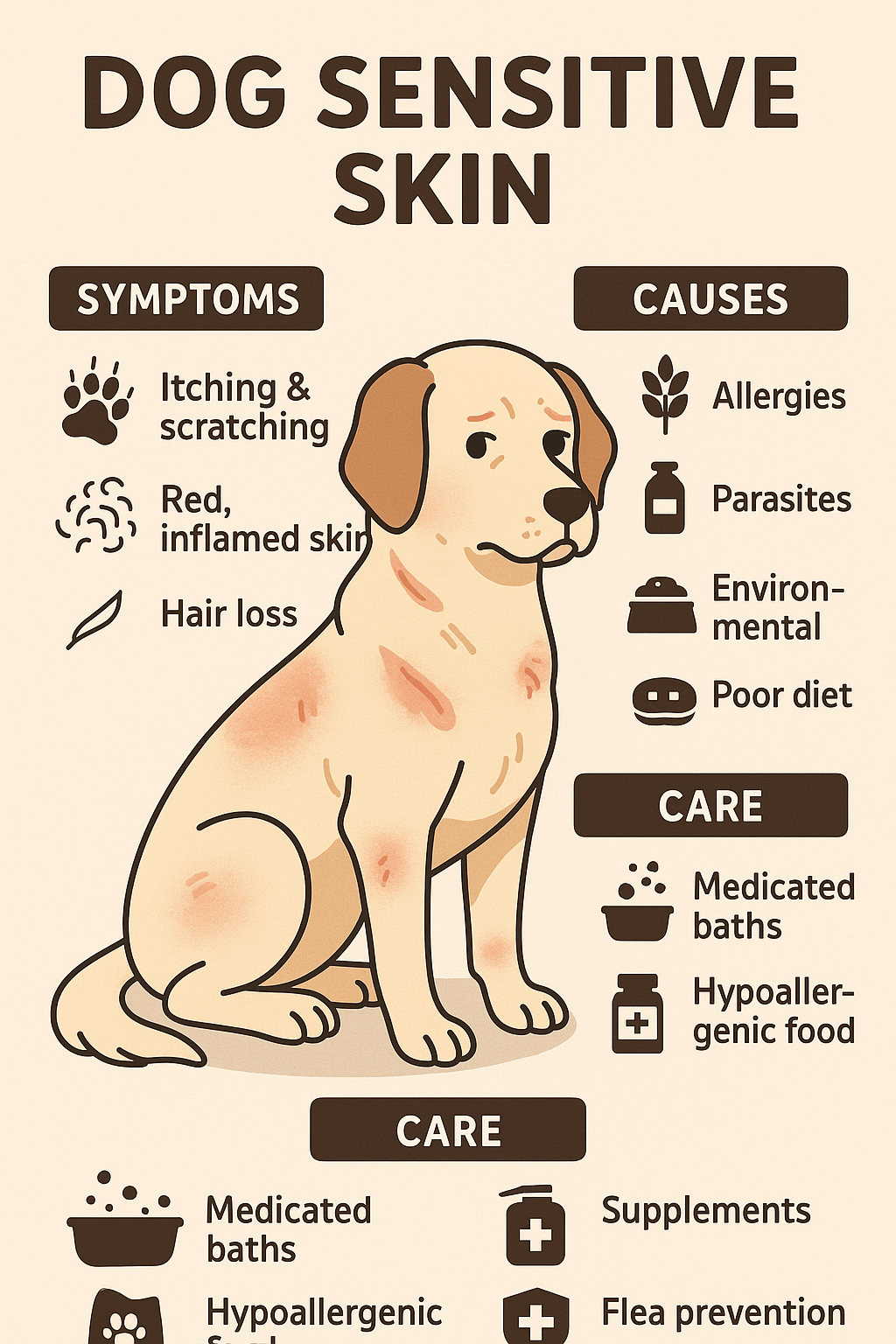How Many Bones Does a Dog Have? Unraveling the Canine Skeletal System
Dogs are fascinating creatures, beloved for their loyalty, intelligence, and playful nature. But have you ever wondered about the intricate framework that supports their every wag, jump, and run? The canine skeletal system is a marvel of nature, providing structure, protection, and mobility to our four-legged friends. Understanding how many bones a dog has not only satisfies curiosity but also deepens our appreciation for these amazing animals. Whether you’re a pet owner, a veterinary enthusiast, or simply someone intrigued by biology, this blog post will guide you through the anatomy of a dog’s skeleton in an engaging and informative way.
The Building Blocks of a Dog’s Skeleton
Before diving into the exact number of bones in a dog’s body, it’s essential to understand what makes up their skeletal structure. A dog’s skeleton serves as the foundation for its entire body, supporting muscles, organs, and tissues while enabling movement. Here’s a breakdown of the key components:
- Axial Skeleton: This includes the skull, spine, ribs, and sternum, forming the central axis of the body.
- Appendicular Skeleton: Comprising the limbs (front and hind legs), this part allows dogs to move with agility and strength.
- Bones of the Skull: Protecting the brain and housing sensory organs like eyes and ears.
- Vertebral Column: Made up of cervical, thoracic, lumbar, sacral, and caudal vertebrae, it provides flexibility and supports the spinal cord.
Each section plays a vital role in maintaining balance, facilitating locomotion, and safeguarding vital organs. Together, these elements create a robust yet adaptable framework that defines how dogs interact with their environment.
Understanding these basics sets the stage for exploring the total count of bones in a dog’s body—a topic we’ll delve into next.
How Many Bones Does a Dog Really Have? Breaking Down the Numbers
So, how many bones does a dog actually have? While the answer might seem straightforward, there are some nuances to consider based on breed, size, and even tail length. Let’s break it down further:
- Average Count: Most adult dogs possess around 319 to 321 bones, depending on specific anatomical variations.
- Tail Length Matters: Dogs with long tails tend to have more caudal vertebrae, adding to their overall bone count. Conversely, breeds with docked or naturally short tails may have fewer bones.
- Size Variations: Smaller breeds often have proportionally similar bone counts to larger breeds, though the size and density of individual bones can differ significantly.
- Puppies vs. Adults: Puppies start with more bones due to cartilage segments that fuse as they grow older, resulting in fewer bones in adulthood.
While the exact number may vary slightly, the consistency across most breeds highlights the efficiency of nature’s design. These bones work together seamlessly, ensuring dogs can perform incredible feats of athleticism and endurance.
This variation in bone count underscores the diversity within the canine species, making each breed unique in its own right.
Expert Insight: The Importance of Bone Health in Dogs
Renowned veterinarian Dr. Emily Carter emphasizes, “A dog’s skeletal system is the cornerstone of its overall health and mobility. Proper nutrition, regular exercise, and early detection of skeletal issues can prevent long-term complications. Owners should prioritize bone health as part of their pet’s routine care to ensure a vibrant and active life.”
Check this guide 👉 5 Best High-Fat Dog Foods for Ultimate Energy & Health!
Check this guide 👉 Top 5 Premium Small Batch Dog Foods for Ultimate Nutrition!
Check this guide 👉 Top 5 Best Turkey Dog Food Options for Ultimate Nutrition!

Pros of Understanding a Dog’s Bone Structure | Cons of Overlooking Skeletal Health |
|---|---|
Helps identify potential health issues early | Ignoring signs of skeletal problems |
Enhances training and exercise routines | Risk of injury during physical activity |
Deepens bond between owner and pet | Misinterpretation of behavioral cues |
Supports proper nutrition for joint health | Increased veterinary costs later |
Why Bone Health Matters for Your Furry Friend
Maintaining your dog’s bone health is crucial for ensuring a happy, active life. Bones not only provide structural support but also play a critical role in overall well-being. Here are some reasons why prioritizing bone health should be at the top of every pet owner’s list:
- Prevents Injuries: Strong bones reduce the risk of fractures and sprains during playtime or accidents.
- Supports Joint Functionality: Healthy bones minimize strain on joints, preventing conditions like arthritis.
- Promotes Longevity: Proper care ensures your dog remains agile and energetic throughout its life.
- Enhances Quality of Life: A pain-free skeleton allows dogs to enjoy walks, runs, and other activities without discomfort.
Investing time and effort into your dog’s bone health pays off in countless ways, fostering a stronger connection and happier lifestyle for both you and your pet.
Fun Facts About a Dog’s Skeletal System
Beyond the numbers, a dog’s skeletal system holds plenty of surprises that make them truly remarkable. Here are some intriguing tidbits you might not know:
- Flexible Spines: Dogs have highly flexible spines compared to humans, allowing them to leap, twist, and sprint with ease.
- Unique Paw Structure: Their paws contain small bones called sesamoids, which act like shock absorbers during movement.
- Skull Adaptations: Different breeds exhibit distinct skull shapes, influencing everything from bite strength to breathing patterns.
- Tail Communication: The tail’s bones contribute to communication, expressing emotions such as happiness, fear, or alertness.
These fun facts remind us just how extraordinary dogs are, showcasing the complexity and adaptability of their skeletal systems.
Additional Insights into a Dog’s Skeletal System
The canine skeletal system is not only about numbers but also about the fascinating ways it adapts to different environments, activities, and breed-specific traits. Here are some additional insights that highlight the versatility and uniqueness of a dog’s bones:
Adaptability to Lifestyles:
- Working dogs, like Border Collies or Huskies, have robust skeletons optimized for endurance and strength.
- Small companion breeds, such as Chihuahuas, have lighter, more delicate bones suited for their indoor lifestyles.
Specialized Functions:
- Scent hounds, like Beagles, have elongated nasal bones that enhance their sense of smell.
- Greyhounds possess long, slender leg bones that contribute to their incredible speed and agility.
Evolutionary Advantages:
- Wolves, the ancestors of domestic dogs, passed down a flexible spine that aids in hunting and running.
- Over centuries, selective breeding has modified certain bone structures to suit specific tasks, such as herding or guarding.
Healing Abilities:
- Dogs have a remarkable capacity for bone healing, often recovering from fractures faster than humans.
- Proper veterinary care and nutrition can significantly boost recovery times and outcomes.
These insights underscore the diversity and resilience of a dog’s skeletal system, reminding us how perfectly adapted they are to their roles as companions, workers, and survivors.
The Role of Bones in a Dog’s Daily Life
While we often admire dogs for their playful antics and loyal companionship, their bones play a silent yet vital role in every aspect of their daily lives. From basic movements to complex interactions, the skeletal system is constantly at work. Here are some ways bones influence a dog’s everyday activities:
Movement and Agility:
- The arrangement of bones in the legs and spine allows dogs to sprint, leap, and change direction quickly.
- Strong pelvic bones provide stability during high-energy activities like jumping or playing fetch.
Communication and Expression:
- Tail bones enable a wide range of emotional expressions, from wagging joyfully to tucking it between their legs when scared.
- Facial bones shape their ability to convey emotions through expressions like tilting their heads or raising their eyebrows.
Protection of Vital Organs:
- The ribcage shields the heart and lungs, ensuring they function safely during physical exertion.
- The skull protects the brain while housing sensory organs that help dogs perceive the world around them.
Support During Rest:
- Even when resting, bones maintain posture and support the body, preventing strain on muscles and joints.
- Certain breeds, like Bulldogs, have unique bone structures that influence their preferred sleeping positions.
Understanding how bones contribute to a dog’s daily life not only highlights their importance but also deepens our appreciation for these incredible animals. Every wag, bark, and bound is made possible by the intricate framework beneath their fur.
The Connection Between Bones and a Dog’s Behavior
A dog’s skeletal system doesn’t just dictate its physical abilities—it also influences behavior and temperament in subtle yet significant ways. The structure and condition of their bones can shape how they interact with the world and respond to various stimuli. Here’s how bones play a role in a dog’s behavior:
Energy Levels and Activity:
- Dogs with strong, healthy bones tend to be more active and playful, as they can move freely without discomfort.
- Breeds with shorter legs, like Dachshunds, may prefer low-impact activities due to their unique bone structure.
Confidence and Exploration:
- A sturdy skeletal framework gives dogs the confidence to explore their surroundings, climb stairs, or jump onto furniture.
- Dogs with joint or bone issues might exhibit hesitancy or avoidance when faced with physically demanding tasks.
Social Interactions:
- Tail bones and facial bones contribute to non-verbal communication, helping dogs convey emotions like friendliness, fear, or dominance.
- Playful bowing, made possible by flexible vertebrae, is a common invitation for social interaction among dogs.
Adaptability to Training:
- Dogs with well-aligned bones and joints are often quicker to learn agility-based commands, such as jumping or weaving.
- Physical limitations caused by bone deformities or injuries may require modified training approaches.
By recognizing the link between bones and behavior, pet owners can better understand their dog’s actions and tailor their care accordingly. This knowledge fosters a deeper bond and ensures that our furry friends lead happy, fulfilling lives.
Frequently Asked Questions About a Dog’s Bones
Do all dogs have the same number of bones?
No, the number can vary slightly depending on factors like tail length and breed characteristics.
Why do puppies have more bones than adults?
Puppies have additional cartilage segments that fuse as they mature, reducing the total bone count.
Can diet affect my dog’s bone health?
Yes, a balanced diet rich in calcium, phosphorus, and vitamin D is essential for maintaining strong bones.
What are common bone-related issues in dogs?
Conditions like hip dysplasia, arthritis, and fractures are among the most prevalent skeletal concerns.
How can I keep my dog’s bones healthy?
Regular exercise, proper nutrition, and routine vet check-ups are key to promoting optimal bone health.
Appreciating the Wonders of a Dog’s Skeleton
From the graceful curve of their spine to the sturdy foundation of their paws, a dog’s skeletal system is nothing short of extraordinary. By understanding how many bones a dog has and appreciating the intricacies of their anatomy, we gain a deeper respect for these loyal companions. Whether you’re marveling at their agility or simply enjoying a quiet cuddle, remember that beneath those furry exteriors lies a masterpiece of biological engineering. So, the next time you watch your dog chase a ball or stretch lazily in the sun, take a moment to celebrate the incredible skeletal framework that makes it all possible.
Rimadyl for Dogs: Best 7 Expert Tips! Discover expert advice on using Rimadyl safely, managing pain, and improving your dog’s mobility with trusted veterinary insights.
Can Dogs Have Tylenol for Pain? Best 7 Expert Tips! Discover the risks, safe alternatives, and expert advice on managing your dog’s pain effectively while avoiding harmful medications.
Understanding Hemophilia in Dogs: Best 7 Expert Tips! Discover expert advice on managing hemophilia, recognizing symptoms, and ensuring your dog’s well-being with practical care strategies.
Understanding Dog Sensitive Skin: Best 7 Expert Tips! Discover expert advice on managing dog sensitive skin, relieving irritation, and improving your pup’s comfort with practical solutions.





